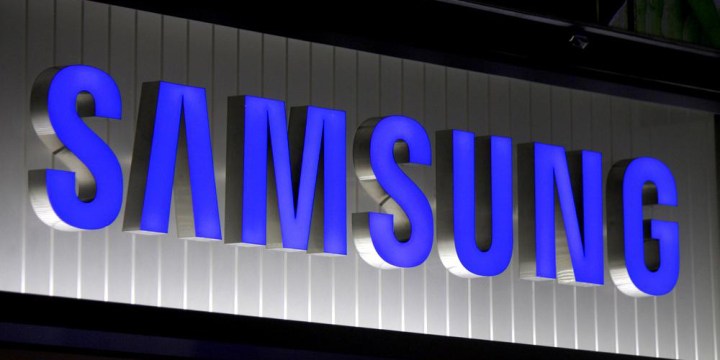
Mobile sales hit their lowest point last year, with Samsung losing $5 billion in year-on-year sales. The recent quarter, however, added $500 million back to the company’s operating profit in the mobile sector, but this profit growth still lags behind Apple.
To make matters worse, Samsung is starting to lose Android customers in the same price market as Apple. It had to lower the prices of high-end phones to compete with Apple, offering a $120 cashback deal for customers in the United States.
Samsung did make strides in the low and mid-range mobile market, but it has not regained the same position it enjoyed in 2012. Other providers, including Huawei, Xiaomi, and Micromax, have stolen a lot of Samsung’s market share in India, China, and Indonesia.
The company predicts a better fourth quarter for smartphone sales, but claims mobile sales are slowing. It will therefore focus on promoting software advantages on Samsung devices in the future, including the new payments service Samsung Pay, in a bid to win back customers. Bringing more customers into the ecosystem should keep them loyal to the company.
Samsung announced large stock buyback and shareholder return programs, which managed to lift the firm’s stock price despite a rather poor quarter in terms of financial results. The company will buy back $10 billion of its shares over the next year, and will share between 30 and 50 percent of its operating profit with shareholders in the form of dividends.
While Samsung certainly isn’t surging like it was two years ago, investors are mostly happy with its return to operating profit growth. And in time its growing semiconductor and display businesses could prove even more useful than the mobile sector, which makes up one-third of the company’s revenue.


